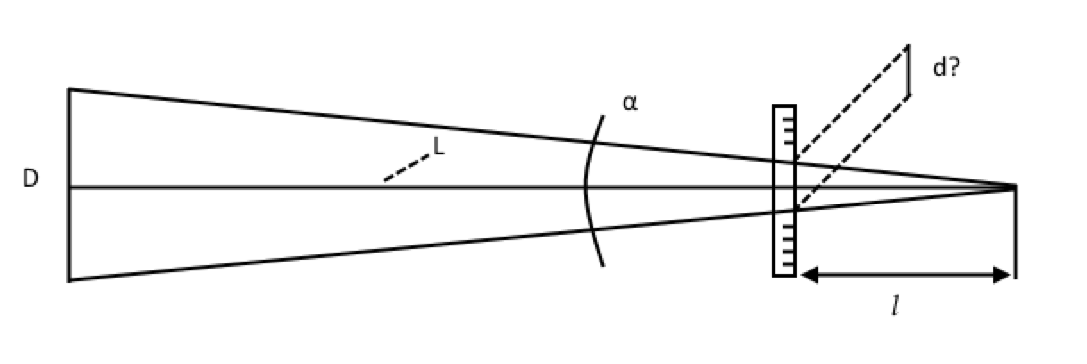Apparent length from angular size
This online calculator converts angular size of distant object to its apparent length, or, in other words, the length of obstacle needed to block that distant object from view, if obstacle placed at some known distance before our eyes.
This content is licensed under Creative Commons Attribution/Share-Alike License 3.0 (Unported). That means you may freely redistribute or modify this content under the same license conditions and must attribute the original author by placing a hyperlink from your site to this work https://planetcalc.com/8756/. Also, please do not modify any references to the original work (if any) contained in this content.
This is an additional calculator to the Angular size, linear size, and distance article. The question that often comes in mind after you get the angular size of something is "but how long is it"? How to relate this angular size to the units of length? Below is the one of the possible answers. Imagine that you have a ruler. Now you can place it between your eyes and the distant object at the length of your arm. You know the angular size of the distant object. You know the length of your arm (for those who doesn't, the average arm's length is 25 inches, or 63.5 centimeters). And the calculator below calculates how much of the ruler is needed to cover that object. Thus you can relate angular size of the object with its "apparent" length, to say so.

By default, the angular size is 0 degrees 31 minutes and 59 seconds, and this is the average angular size of the Sun seeing from the Earth. To cover it, you need only 0.23 inches, or 5.9 millimeters of obstacle. And yes, indeed, you can cover the Sun by barely half of your thumbnail, just checked it by myself. Except of the Sun's corona, of course. Now live with that.
Comments